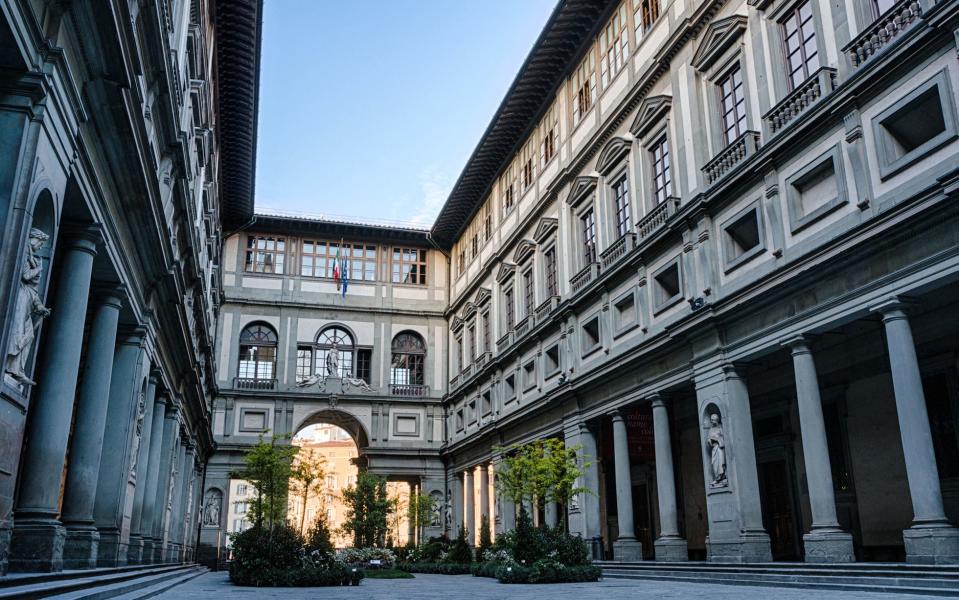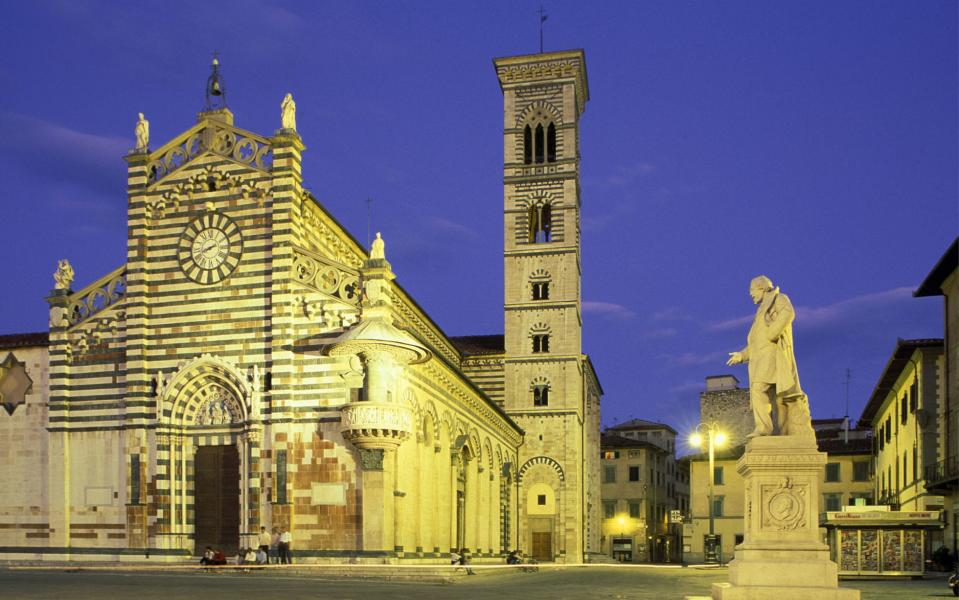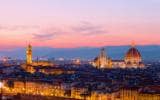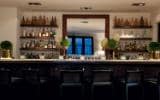Florence attractions
Expert guide to Florence
Overview Overview
Hotels Hotels
Attractions Attractions
Restaurants Restaurants
Nightlife Nightlife
Itineraries Itineraries
An insider's guide to the best things to do and attractions in Florence, including climbing the Duomo and visiting the Uffizi. By Lee Marshall, Telegraph Travel's Florence expert.
All of the major art and historical sights are within easy walking distance in Florence – though you’ll also need to factor in the time you’ll spend queueing and marching though corridors, galleries and churches. Luckily this is also a city with some great cafés, restaurants, snack bars and wine bars for resting and refuelling, and it also has some open-air attractions that offer a respite from Botticelli and Brunelleschi – including some very scenic gardens.
Five top sights
Duomo and Battistero
Built over six centuries (the façade was finished only in 1887), the cathedral is famous above all for Brunelleschi’s huge 15th-century terracotta-tiled cupola, still the biggest masonry dome in the world. Other highlights include Paolo Uccello’s iconic fresco of British mercenary commander Sir John Hawkwood; Giotto’s graceful campanile (belltower), with stunning views from the top of its 414 steps; and the copies of Lorenzo Ghiberti’s intricately carved bronze Baptistery doors (the originals are in the Museo dell’Opera del Duomo).

Duomo (00 39 055 230 2885; operaduomo.firenze.it), Piazza del Duomo. Open daily, 10am-5pm; entrance free to interior of cathedral. All other parts, including the Cupola (dome), Campanile (belltower), Battistero (Baptistery) and the Museo dell’Opera del Duomo (also known as the Grande Museo del Duomo), are entered via the €15 ‘Il Grande Museo del Duomo’ combined ticket, valid 48 hours from first entry. Dome ascent Mon-Fri 8.30am-7pm, Sat 8.30am-5pm, Sun 1-4pm. Campanile Mon-Fri 8.15-5pm, Sat & Sun 8.15am-5pm. Baptistery Mon-Fri 8.15-10.15am & 11.15-7.30pm; Sat & Sun 8.15am-7pm.
Piazza della Signoria and Ponte Vecchio
If the Duomo is Florence’s spiritual centre, its civic hub is Piazza della Signoria, a wide square dominated by the crenellated medieval town hall of Palazzo Vecchio, packed with artworks designed to glorify (or in the case of the windowless Studiolo of bookish Francesco I, provide a private refuge for) the ruling Medici dynasty. Ponte Vecchio, the oldest of the bridges across the River Arno, may seem a tourist souk these days, but it’s been lined by shops ever since it was rebuilt in 1345, after its wooden predecessor was washed away in a flood.

Palazzo Vecchio (00 39 055 276 8325; museicivicifiorentini.comune.fi.it). Open April-Sept: Mon-Wed and Fri-Sun, 9am-11pm (tower 9am-9pm); Thu, 9am-2pm (also tower); Oct-Mar: Mon-Wed and Fri-Sun, 9am-7pm (tower 10am-5pm); Thu, 9am-2pm (tower 10am-2pm). Full-price ticket €10/€14 with tower.
Galleria degli Uffizi
Italy’s richest and most celebrated art gallery is housed in what was originally built as the Medici Whitehall – the governing dynasty’s administrative centre. It’s difficult to pick out the cherries from an already cherry-picked selection (there’s lots more in the vaults), but they would have to include Gentile da Fabriano’s Adoration of the Magi, Botticelli’s Primavera and Birth of Venus, Piero della Francesca’s twin portraits of the Duke and Duchess of Urbino, and Michelangelo’s Tondo Doni. Booking, however, is virtually essential: see Telegraph tips below for advice.

Uffizi Gallery (00 39 055 2388651; firenzemusei.it), Piazzale degli Uffizi. Open Tue-Sun, 8.15am-6.50pm, closed Mon. Full-price ticket €8; extra charge during special exhibitions.
Palazzo Medici Riccardi
Masaccio and Masolino’s frescoes in the Brancacci Chapel are better known – and very lovely they are too, breathing the simple humanism of the early Renaissance. But it’s well worth making time for the other great Florentine fresco cycle, decorating the private chapel of this mid-15th-century Medici palazzo: Benozzo Gozzoli’s Journey of the Magi, a lively transposition of the Biblical story to the Florence of 1439.

Palazzo Medici Riccardi (00 39 055 276 0340; palazzo-medici.it), Via Cavour 3. Open Mon, Tue and Thu-Sun, 8.30am-7pm; closed Wed. Full-price ticket €7.
La Specola
Florence University’s natural history museum, houses a charmingly old-fashioned collection of botanical and zoological specimens, including a hippo that was given as a present to Grand Duke Pietro Leopoldo. But the final rooms are what most visitors come for: a series of increasingly gruesome wax anatomical models, sculpted in eye-popping detail between 1775 and 1791 as teaching aids for trainee doctors. Smaller children may be traumatised, but difficult-to-please teens (and boys of all ages) should enjoy being grossed out – especially by the collection’s coup de grace: three grisly wax tableaux of plague victims.

La Specola (00 39 055 2756444; msn.unifi.it), Via Romana 17. Open Tue-Fri & Sun 10.30-5.30; Sat 9am-1pm, closed Mon. Full-price ticket €6.
Day trip
Prato
A cloth-trading centre since the Middle Ages, Prato is today ringed by textile factories. But the centro storico is a delight, and in the stripey Pisan-Romanesque Duomo it has one of Tuscany’s great fresco cycles: Filippo Lippi’s scenes from the lives of John the Baptist and St Stephen. Lippi fell in love with a beautiful novice while painting the frescoes and abducted her before she could take holy orders; she became the mother of Filippino, and was reputedly the model for the voluptuous Salome in the Feast of Herod panel. You can also visit the the Museo Pecci (centropecci.it), a thriving centre for contemporary and the fascinating Textile Museum (museodeltessuto.it) housed in an ex-19th century cloth mill.

Prato is best reached by train (15 minutes) from Florence’s main Santa Maria Novella station: timetables and fares at trenitalia.it.







